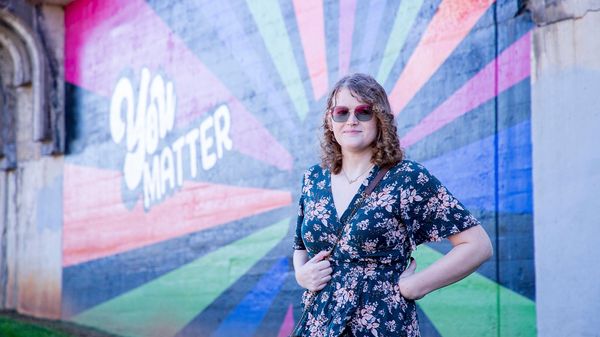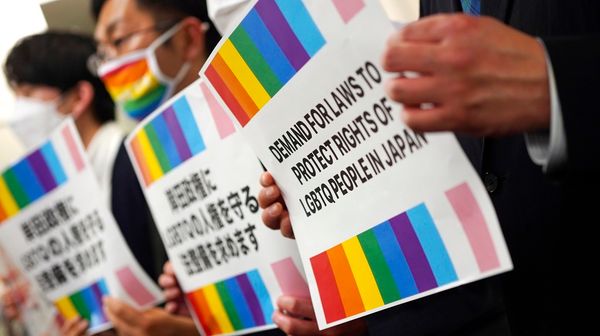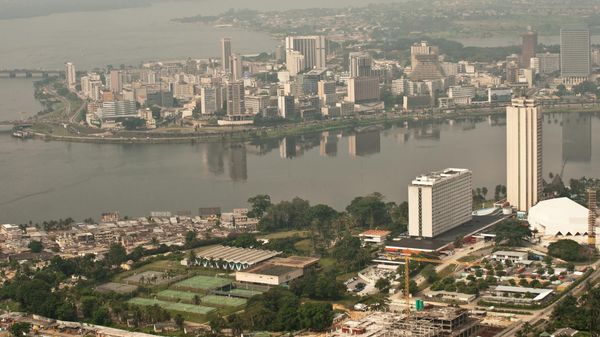
November 11, 2017
Deadlines Approach for North Bay Fire Victims
Heather Cassell READ TIME: 5 MIN.
It's been just over a month since the deadly North Bay wildfires, and deadlines are approaching for survivors who lost homes or businesses to file for recovery grants, cleanup assistance, and other relief.
Federal Emergency Management Agency and Small Business Administration officials are urging people, even if they believe they don't need assistance, to apply to find out the status of their eligibility before the deadline, which is December 11.
The Bay Area Reporter spoke with public information officers Thomas Kempton at FEMA and William Koontz at the SBA and Mark Quinn, senior adviser to the California Association for Microenterprise Opportunity, to gain insight about how the agencies can help LGBTs and others in the North Bay recover from the fires.
The experts, who are allies of the LGBT community, are experienced in disasters, cutting through red tape, and advising on little known opportunities during the recovery phase following a disaster.
Grants can help fire victims receive support that's not covered by insurance. This can include temporary housing, assistance with home repairs, rebuilding their homes, or replacing necessities such as medication, a car, or employment tools.
Kempton reiterated that information will not be shared with the U.S. Immigration and Customs Enforcement for undocumented individuals. He also noted that families with a U.S. citizen living in the house, such as a child, might be eligible for FEMA assistance.
Assistance is available for businesses - both physical location and economic impact - homeowners, property owners, renters, and for citizens and individuals living legally in the United States.
FEMA experts are also urging property owners to allow access to burned-out land where proper cleanup is necessary to remove hazardous waste.
Grants do not have to be repaid, unlike the low-interest SBA loans that are also available.
Assistance
President Donald Trump's disaster declaration brought in much needed support from FEMA and the SBA, along with insurance companies and other community-based organizations to help fire victims.
Kempton said that $8 million has been approved for two FEMA programs: housing assistance and other needs assistance.
Last month, Congress approved $36.5 billion for an emergency and disaster plan, which included $18.7 billion for FEMA to respond to hurricane-ravaged Puerto Rico and parts of northern California scorched by wildfires, particularly Napa and Sonoma counties.
A total of $576.5 million was approved by Congress to address wildfires in the West. Governor Jerry Brown asked for $7.4 billion for wildfire recovery for the 21 blazes that ripped through northern California, particularly wine country, reported the Sacramento Bee.
The fires broke out October 8 and burned uncontrolled for 12 days, claiming 42 lives and destroying an estimated 8,900 homes and other buildings. Cal Fire announced that the fires were fully contained October 31.
Only 3,658 FEMA assistance registrations have been approved as of November 5, according to Kempton.
So far, 66 out of 1,100 fixed low-interest disaster loans have been approved by the SBA, totaling $11.5 million, said Koontz.
Business owners, whether self-employed or larger companies, can receive up to $2 million, homeowners can receive up to $200,000, and renters can receive up to $40,000 for personal property losses that can be repaid between 15 and 30 years, he said.
Individuals who are referred to the SBA but don't qualify for a loan will be referred back to FEMA for additional assistance, but they have to go through the process again, said Koontz.
It's free to apply for federal assistance and it's not necessary to accept the money if it's discovered that it's not needed, officials said.
The officials said that people should be prepared for the unexpected during the recovery.
Quinn, who worked at the SBA's San Francisco office for more than 30 years and is a member of the Golden Gate Business Association, said the loans are "insurance for your insurance policy."
"The SBA loans are sort of the insurance for your insurance policy in case it doesn't [get] cover[ed] they need to have that as a backup," said Quinn.
He noted that Napa is California's second largest tourist attraction behind Disneyland, and tourism supports many small businesses that might have lost bookings for events, tours, and the like. The loans can help keep businesses operating - from fixed costs to retaining employees - until tourism rebounds.
"If you don't apply during the window you lose that opportunity," Quinn said.
Koontz added, "The good news is if you take advantage of one of these disaster loans you are not going to take those dollars away from anyone else. These are your tax dollars that you worked hard to pay into the system coming back to you in your time of need."
Getting Signed Up
FEMA team members have been going door-to-door registering people as well as being available at disaster recovery centers for those who lost their homes.
Individuals concerned about fraud can go to the centers or apply online or by phone.
There are ways to identify a potential scam artist posing as a FEMA team member. FEMA team members will never ask for money upfront, they wear a uniform, and they carry a federal badge that has a chip in it, said Kempton.
FEMA team members will ask for identification and other personal information during the registration process, he added, noting some confusion caused by misreporting. The information is to assist fire victims to get the aid they need, such as direct deposit for grants, as quickly as possible.
Local sheriffs' deputies have also been guarding against potential scam artists posing as FEMA team members going door-to-door, Kempton said.
Applications are also available via the FEMA app, online at http://www.disasterassistance.gov or http://www.fema.gov/disaster/4344, or can be completed by phone from 7 a.m. to 10 p.m. daily at 800-621-3362, 800-462-7585 (TTY), or 800-621-3362 (711 or Video Relay Service). Multilingual operators are available.
Cleanup
FEMA and other agencies are rapidly working to complete phase one of the cleanup before the U.S. Army Corps of Engineers can come in to complete the second phase to remove all hazardous materials before the rainy season, said Kempton. Rains will pose a problem, allowing toxins to seep into the ground.
Kempton urged property owners to complete and sign the " right of entry permit" by Thursday (November 9) for Sonoma County and November 13 for Napa County to allow FEMA and the Army Corps of Engineers entry onto property for cleanup. Property owners won't be billed unless there is a clause on their insurance policy that covers cleanup following a disaster. In those cases, FEMA will bill for the balance, he said.
Housing
People who are currently staying in hotels using Transitional Sheltering Program vouchers received an extension on their checkout date to December 8 due to the housing crisis, Kempton wrote in an email this week.
He said that FEMA or the state will inform individuals about extensions to the deadline. Individuals seeking more information can visit https://ela.corplodging.com. To find a participating hotel, visit http://femaevachotels.com or call the CLC Hotel Support Line at 866-545-9865.
The Sonoma County Fairgrounds leased 80 recreational vehicles for temporary housing approved by the Sonoma County Board of Supervisors. It's anticipated that 120 more spaces will be developed and leased, according to news reports.
FEMA transitional housing for displaced fire victims likely will be for at least the next 18 months.
Trailers are the last resort, Kempton told the B.A.R. FEMA officials are looking at every opportunity to get people directly back into housing, either their own homes or manufactured housing in the challenging tight housing market.







